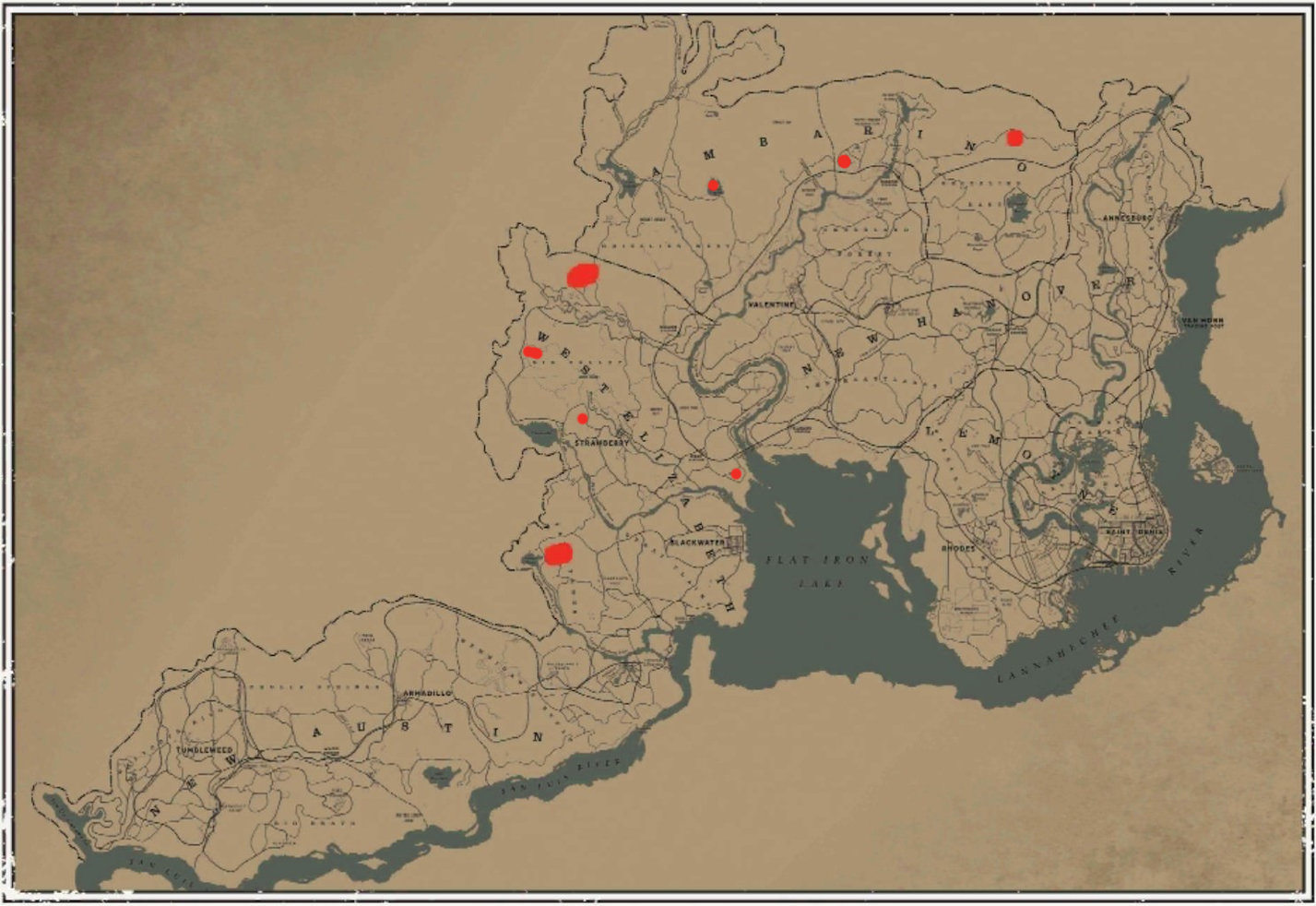

A coyotes staple diet consists of animal meat from deer, hares, rabbits, rodents, reptiles, birds, fish, and amphibians. However, this is usually in minimal amounts and when meat-based food is scarce.Ĭoyotes are primarily carnivores and spend a considerable amount of time hunting various animals. Coyotes are facultative carnivores, adapting to incorporate plant matter in their diet. CoyoteĬoyotes belong to the dog family and are carnivores. If you have, here are 101 facts that you may find interesting. Polar bears will also scavenge on carcasses that they find. If they smell a seal nearby, they will stalk them, suddenly rushing forward to attack.īesides seals, polar bears also eat beluga whales, walruses, aquatic birds, reindeer, rodents, and caribous. Polar bears hunt seals, which are also resting on top of the ice. They use their sharp claws to drag out the seal and bite into the skull to kill it. The bear will smell the seal’s breath and spontaneously launch an attack. At some point, the seal will breach the water in that particular ice hole. They can easily locate a seals breathing hole even if it is one kilometer away.Īfter locating a potential meal, the bear walks stealthily towards the hole and lies in waiting. Polar bears are equipped with a unique sense of smell and sight. Ringed and bearded seals make up most of the polar bear diet. Polar bears are avid carnivores, with their primary food consisting of seals. They have specific physical characteristics to search and hunt for food in the arctic snow and ice. Polar bears are one of the most adaptable animals, considering the extreme conditions in which they live. I have written an article on ten mammals that are omnivores, which you can find here. The gray wolf also feeds on rodents, rabbits, beavers, and many other small mammals. Wolves take down animals by latching onto the rump area. They have powerful limbs and claws to hold down prey. A wolf can run at speeds of up to 35 miles in an hour. Gray wolves can run at fast speeds to catch prey. When the right moment comes, the pack will pursue the victim, making the kill. They pick up the scent of prey and then stalk it. This mammal has an exceptional sense of smell and hearing. They take turns to chase prey to exhaustion before then finally killing it.Ī single wolf is capable of consuming up to 20 pounds of flesh in one feeding. Gray wolves are social creatures and travel in packs as well as hunt together. They prefer to feed on large hoofed animals such as moose, elk, deer, mountain sheep, and caribous. The gray wolf is among the largest carnivores in the canid family. If you want to know about herbivores, I have written an article which you can read here. Facultative carnivores are animals that consume meat and also small amounts of plant matter. In such a situation, the animal will bring out previously ingested foods that may be causing a stomach upset together with the vegetation.

If an obligate mammal happens to ingest vegetation, then it is only to induce vomiting. Most cannot digest any plant matter because they lack the required physiology for this process. They have a diet that is mostly composed of flesh and rarely consume plant matter. Obligate carnivores can also be referred to as true carnivores. There exist two types of carnivores obligate and facultative carnivores. They derive nutrients and energy from a diet consisting of animal tissue, either through predation or scavenging. Such animals are well adapted to feeding on flesh.

Carnivorous mammals are animals that exclusively eat meat.


 0 kommentar(er)
0 kommentar(er)
